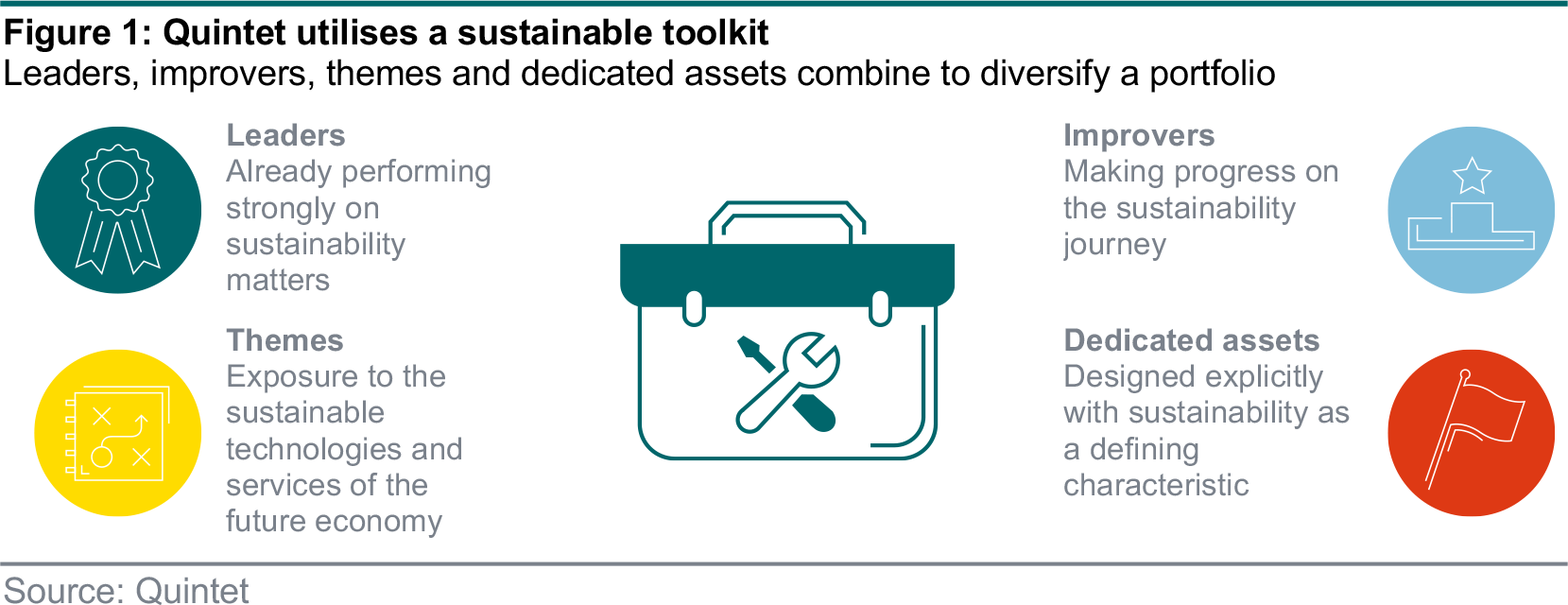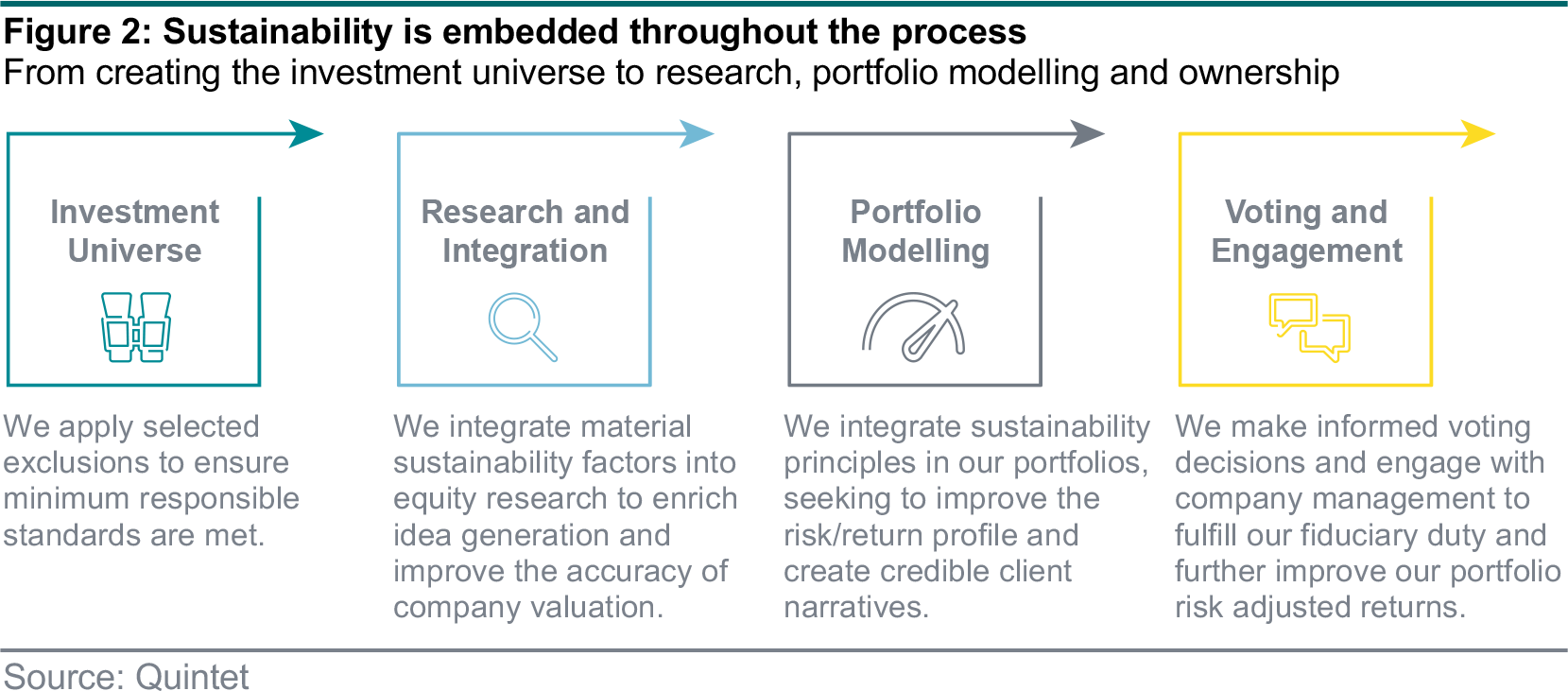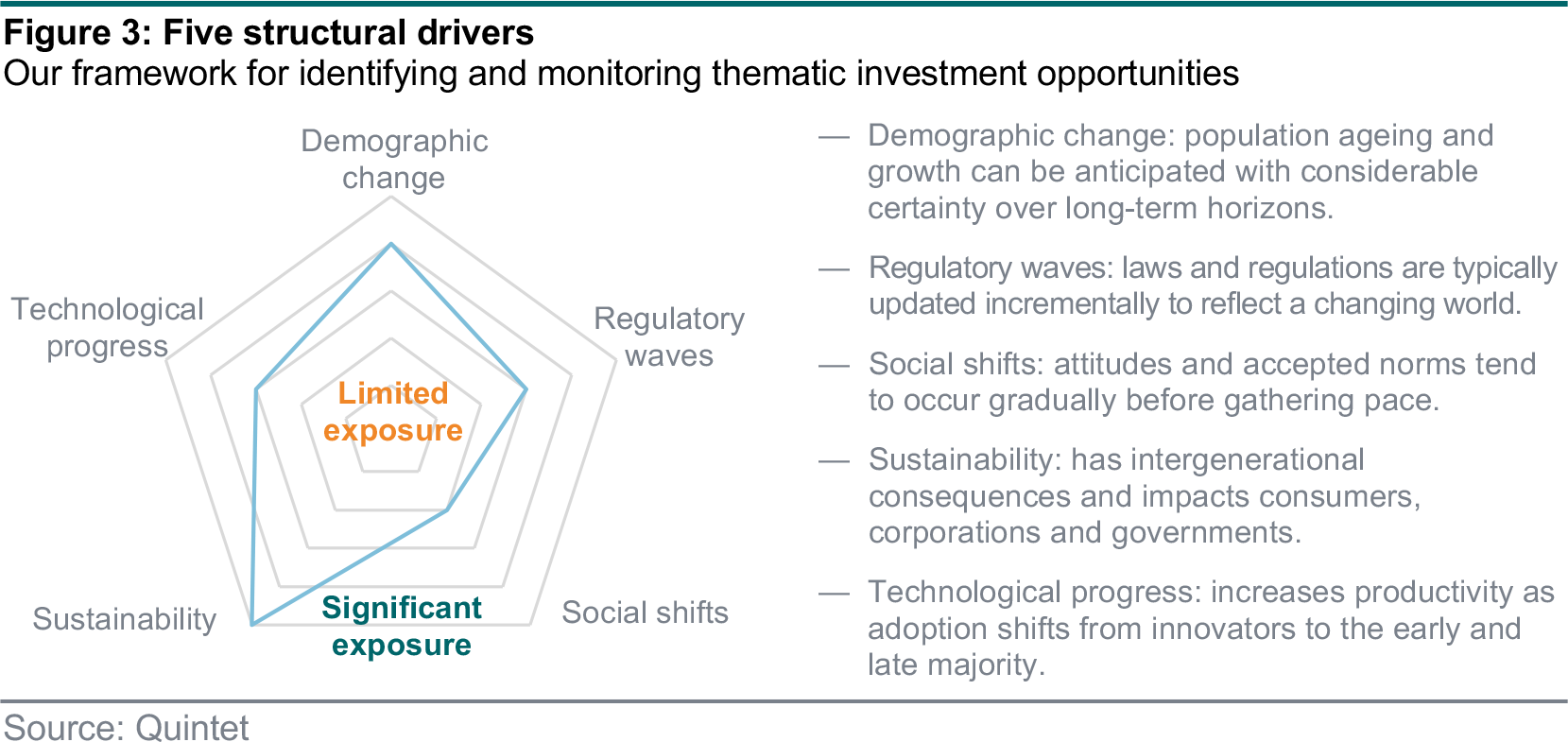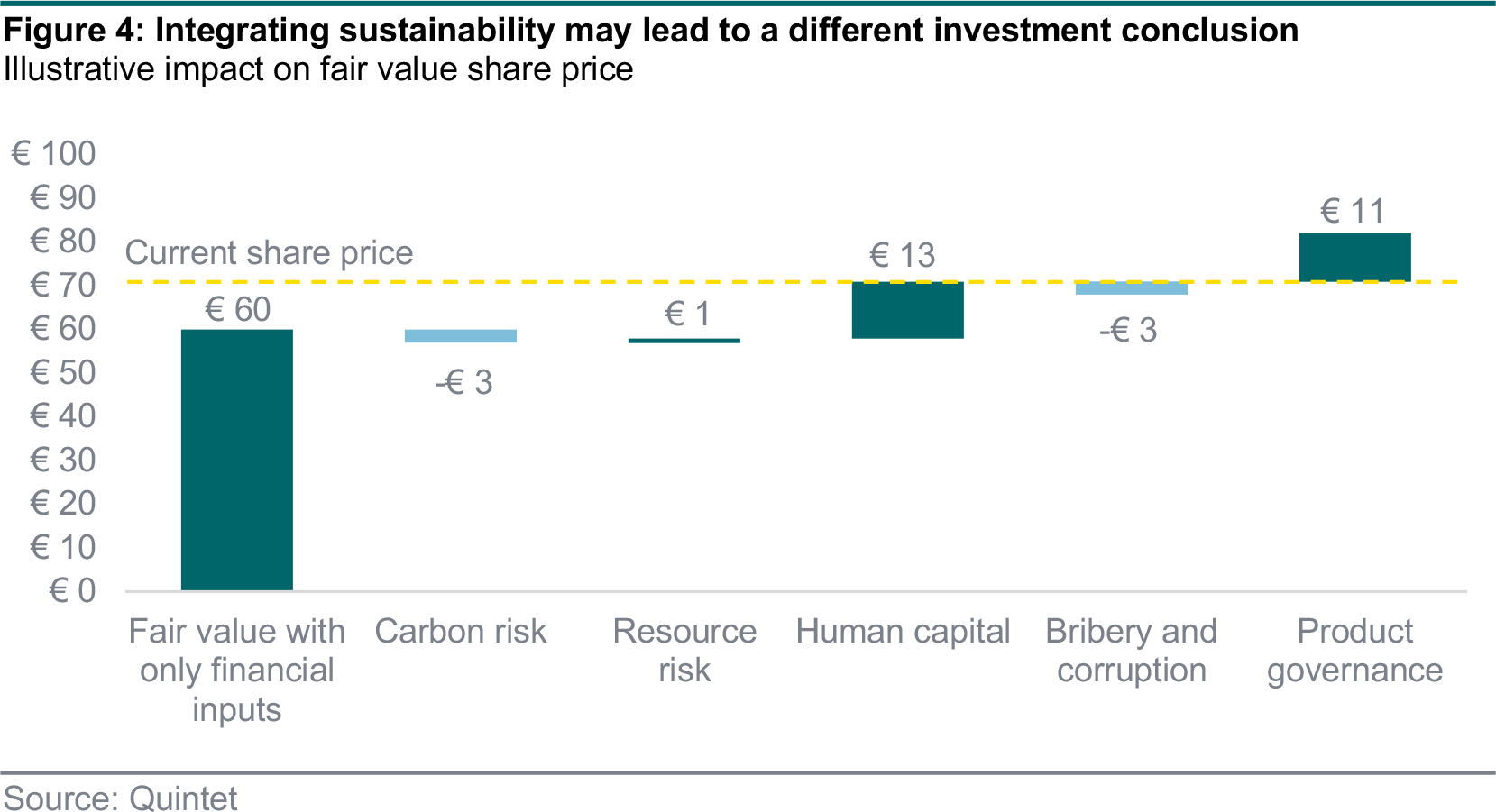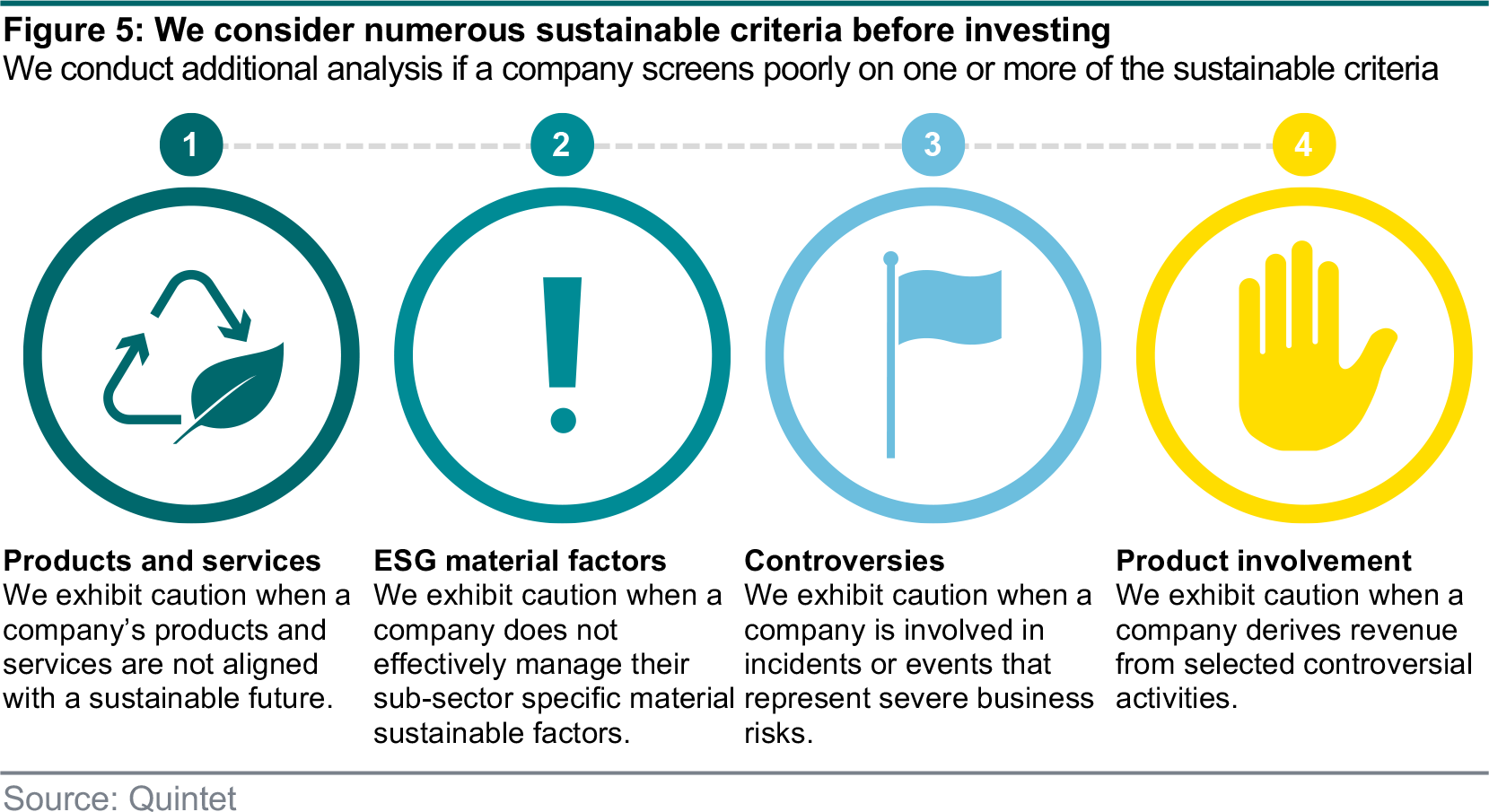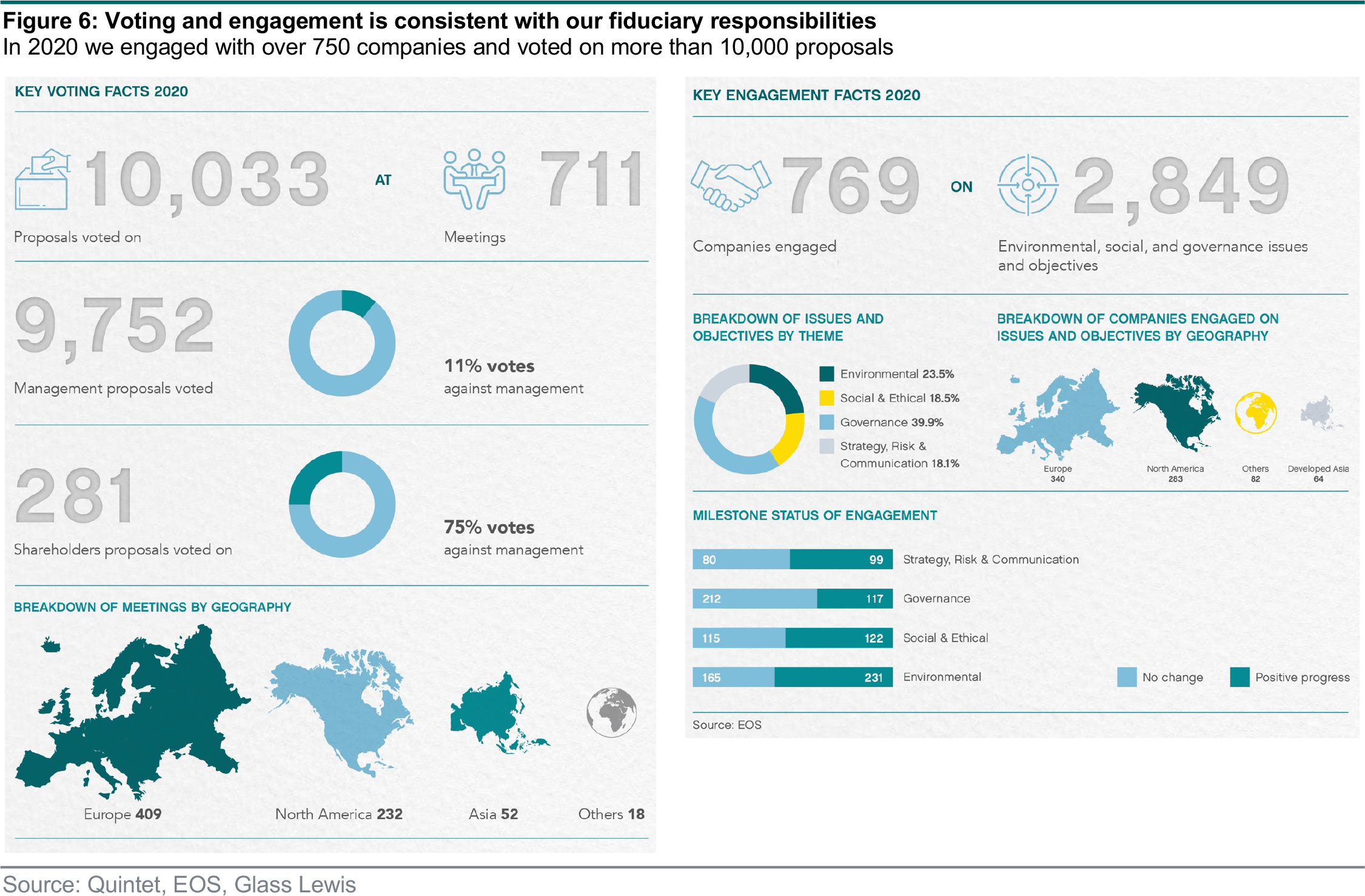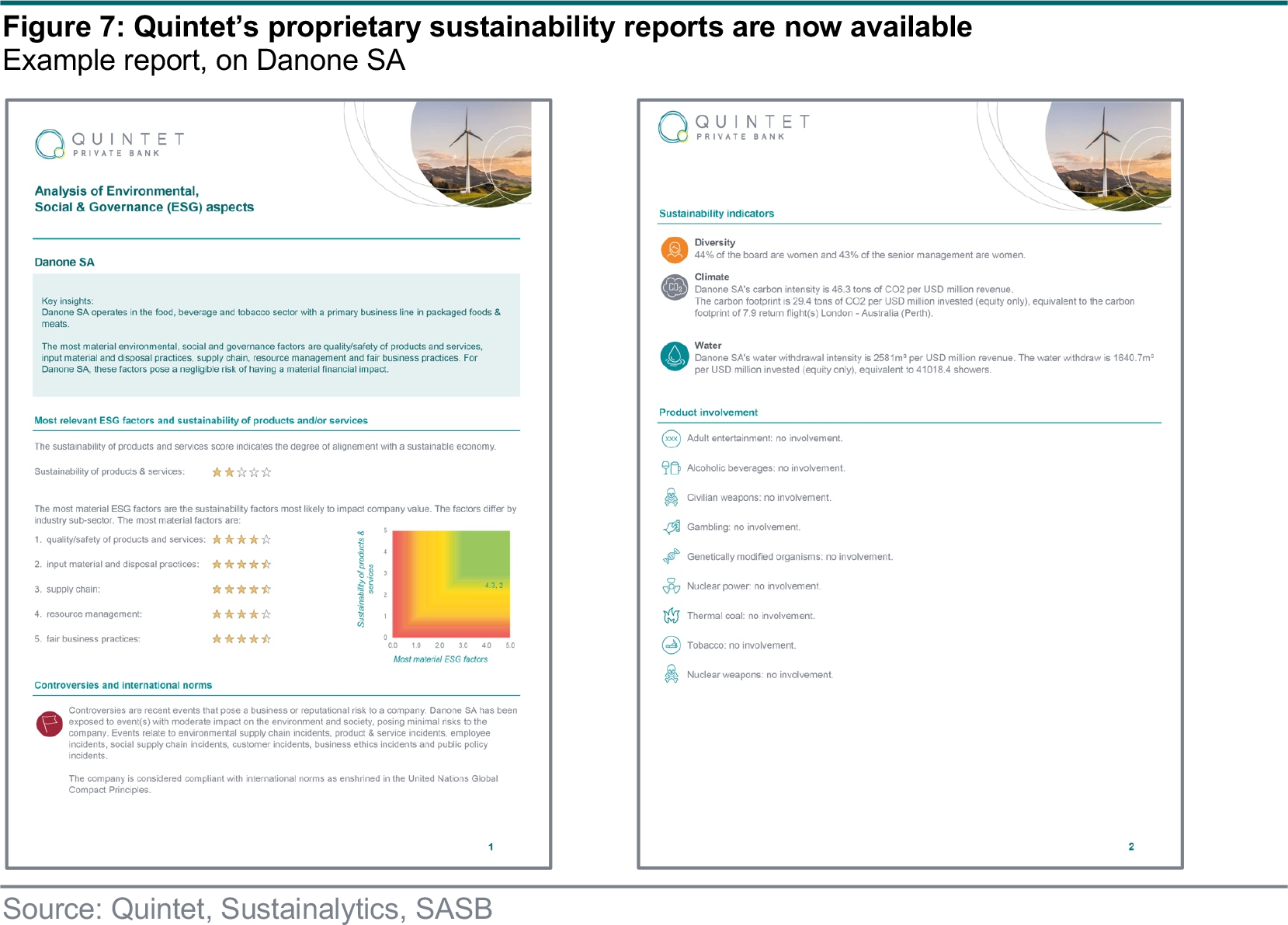-
Quintet Group
Choose your location
- EN
- Contact Us
Choose your location
Menu
-
What we do
Passing on WealthBy thinking about legacy planning now, you can make sure your wealth is passed on to the people and causes close to your heart.

-
Insights
- Insights
- Insights hub
- Markets and investing
- ESG and Sustainable investing
- Wealth Planning
- Beyond markets
Counterpoint - April 2024: In the balanceOur view on stronger US growth, central banks and geopolitical risks.
-
Sustainability
- Sustainability
- Why sustainability matters
- Embracing sustainability in our practices
- Active Ownership
- Our journey towards corporate sustainability
Sustainability: Seizing the opportunityThe way people think about money and investing has changed.
-
About us
Quintet 2023 net profit rises to €46.9 millionPositive 2023 financial results, including a full-year net profit of €46.9 million, up from €18.1 million in 2022.

-
Careers



